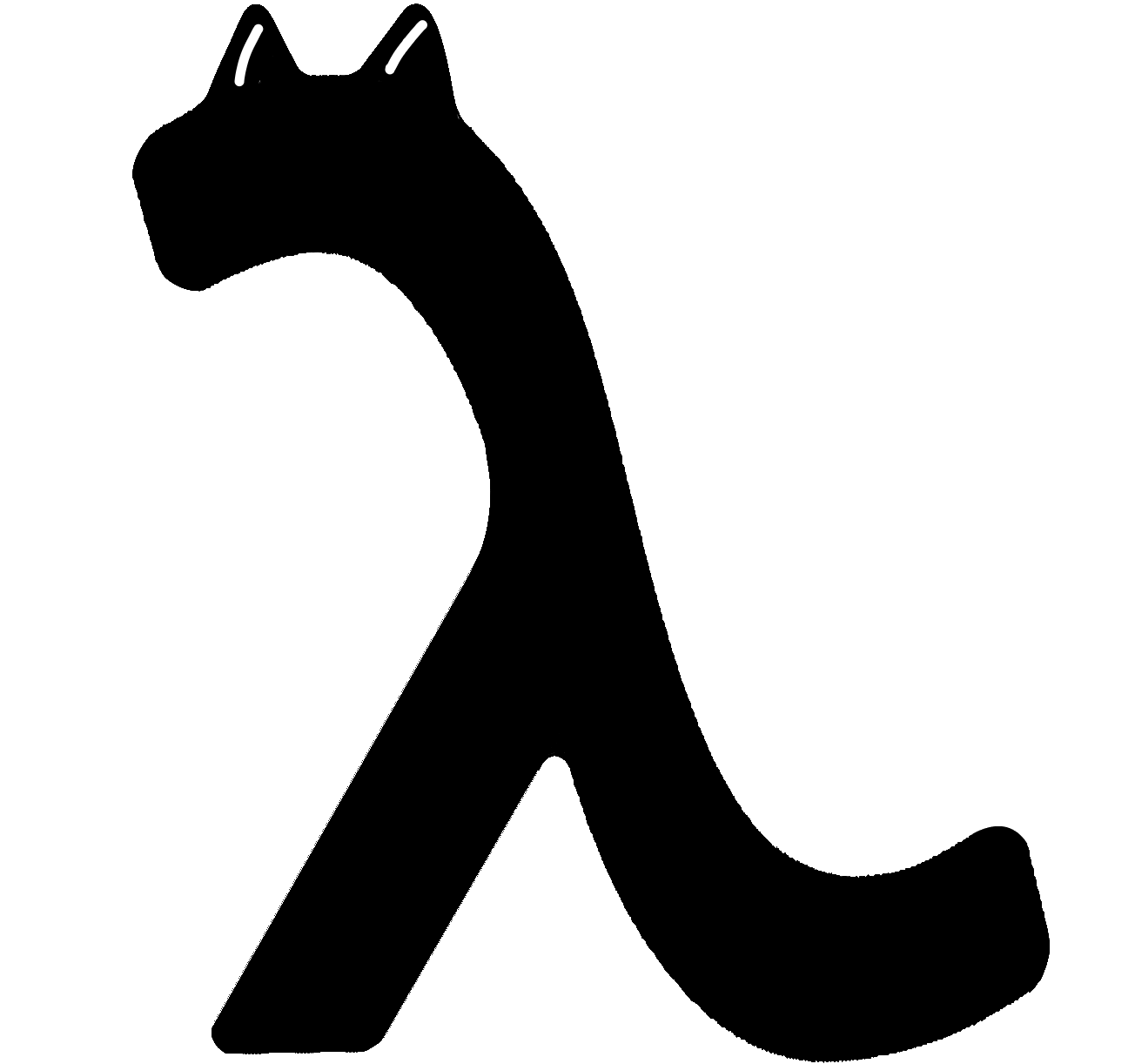Paso is a meta and functional programming language with a strong static inferred and iso-polymorphic type system
This is how i describe Paso. But… what’s this stupid iso before polymorphic !!? Calm down please
In fact this is pretty simple, look at this code :
data Cats = Meow
data Dogs = Woof
needToEat :: Dogs -> IO ()
needToEat _ = putStrLn "Is eating"For people who are not mad scientists and cannot read haskell, this code :
- Creates 2 types
CatsandDogs, with as constructor (a way to build a value of this type) respectivelyMeowandWoof. - Then there is a
needToEatfunction, it takes aDogsand makes it eat.
But there is an important problem ! How a cat can eat with this program ? This is terrible :(
This is where paso provides a solution! (haskell too, but shhh, it’s my readme I do what I want)
Let’s take the Cats and Dogs types.
Spoiler: They are isomorphic.
But why?
Two types A and B are isomorphic means:
exists (f : A → B, g : B → A) such as (f . g) ≡ idA and (g . f) ≡ idB
In other words, there must be two functions f and g. f map from A to B and g from B to A (the names of the functions do not matter)
And two rules must be respected:
f . gmust be equivalent to the identity ofAg . fmust be equivalent to the identity ofB
Yes, it looks like a bijection.
So now, let’s implement f : Cats -> Dogs and g : Dogs -> Cats
f :: Cats -> Dogs
f _ = Woof
g :: Dogs -> Cats
g _ = Meow
-- Let verify the identity law
-- (f . g) Woof = (\_ -> (\_ -> Woof) Meow) Woof
-- = (\_ -> Woof) Meow
-- = Woof
-- (Same for (g . f))
-- Works !Let’s go back to the problem of cats who can’t eat, and solve it with Paso :
type Cats := { Meow }
type Dogs := { Woof }
define auto Cats ~ Dogs
needToEat : { A ~ Dogs } => A -> Effect -- or just needToEat : ~Dogs -> Effect
needToEat _ := { print "Is eating"; }We proof just below that Cats and Dogs are isomorphic.
A ~ Dogs means forall type A isomorphic to Dogs
So, we can pass Meow to this function, this is amazing ! Cat can finally eat
And now you’ve got cats thanks to paso, isn’t that amazing!
Now, paso allow us to handle isomorphism in our progam at first level. But there is a problem : Isomorphisms are quite rare. Let’s assume two new types :
data Fishes = Salmon | Shark | Carp
data Birds = Phoenix| Aviary | Starling | Owl
-- There are two secrets in the definition of BirdsThey are not isomorphic (If you disagree, try implementing f and g in both cases). But, there is something we can do safely : We can obtain a bird from a fish.
That’s true, look at these functions :
f :: Fishes -> Birds
f Salmon = Phoenix
f Shark = Aviary
f Carp = Starling
g :: Birds -> Fishes
g Phoenix = Salmon
g Aviary = Shark
g Starling = CarpNotice two things :
gis partial but notf(f . g)is an identity for Fishes type
In fact, this is just like an isomorphism but we do not need to respect the two identity law (from Birds and Fishes), but just one of them.
In Paso we call it Coerce, we write it A ~> B, and we read it I can safely get a B from a A or A can coerce to B.
If you have some intuition you had probably remark :
- It looks like an injection
- This is very similar to subtyping
In a more formal way : A ~> B ⇔ exists f : A → B and g : B → A such as (f . g) ≡ idA
fiboN : { A ~> Int } => A -> Int -- compute the n-th element of fibonacci sequence in a dynamic way
fiboN n := {
let go n list := {
if match list
| (x :> y :> z) => {
if (n == 0) | { x; }
| { go (n - 1) [y ; x + y ; z]; }
}
| _ => { noway; }
}
if (n >= 0) | { go n [0 ; 1 ; 0]; } | { -1; }
}